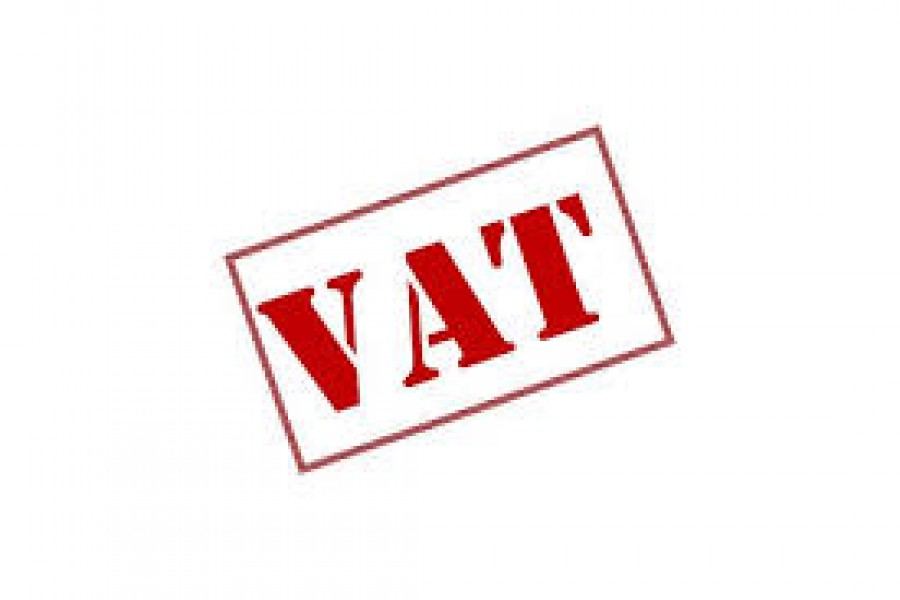Finance Minister A H M Kamal has taken the surprise or shock element out of the equation relating to the new VAT law that is to ease in from the next fiscal. Based on discussions with businesses, he is to propose a three-tier rate of VAT thereby going flat against the World Bank's pressure for a one-size-fit-all 15 per cent. He is spot on as far as tax-payer sentiment goes in an unstructured retail market with countless street vendors selling goods produced by Small and Medium-sized Enterprises (SME). Putting rates up is one matter, policing it is another.
With the new rates of VAT to be 10, 7.0 and 5.0 per cent, there's a clear aspect of relief for a part of the economy and consumers but then the National Board of Revenue (NBR) must have done their math as to gains and losses. The 5.0 per cent drop in the highest rate of VAT could well be supplemented through the annoying supplementary duty that the government holds up its sleeves. As always it is the consumer that gets hit by Value Added taxation and it is to be seen whether the new rates do or don't have an impact. Consumer habits of asking for receipts is slow in taking off and many retail businesses either don't handover receipts unless demanded while some have the comfort of fudging taxes when the shopping is a mix of VAT free goods.
The SMEs that are less organised have two kinds of sales cash and credit still in the form of age-old trade when word of mouth was as sacrosanct as present-day IOUs. Any move to impose VAT has to be at point of sale and one can hardly expect the roadside vendors investing in or clicking on their electronic devices when they don't really have a permanent point of sale. But sell they do and to be fair to other businesses with permanent outlets, there has to be an element of taxation imposed.
The established fast food outlets already have introduced VAT resulting in a total tax burden of nearly 22 per cent though the government gets the major part of it. The consumer has no alternative to paying the amount if he or she wants to avail the service. That these outlets too have their famous buy one get one free offers beggars the question how they balance their books.
It will be interesting to see how the government will balance out the VAT aspect where two types of electricity charging are in vogue. One is the deposit against chip card with no visible VAT, while the other is the traditional metered bill in which there is. It has long been raised that domestic electricity use should have a different lower rate of VAT as a charge to begin with as shouldn't other utility bills. Domestic electricity is a service provided to make lives liveable as opposed to running a business where profits are generated. Nor is the VAT recoverable due to the vast majority whether dubiously or not are charged electricity as a lump sum along with rent. In overseas countries there are different rates of VAT with none on cold food, i.e a sandwich and one on hot food serving outlets i.e pizzas. How anyone will tax the Chatpati wala is a different question altogether.
The middle class is already over paying tax in its different forms whereas a move is on to further stunt savings encouragement by reducing interest of government bonds. There are also limits on how much by way of bonds can be bought by any one person. If banks want liquidity they have to have offers that are worth the deposit. Perhaps these banks could open up 'investment cells' by which depositors can take the same risk as businesses do when they take loans. Till such innovation comes in, confidence of investors won't be forthcoming.
The three rates of VAT are realistic and welcome. Whether this is based on an impact analysis and whether that could undergo a pilot study remains to be seen.


